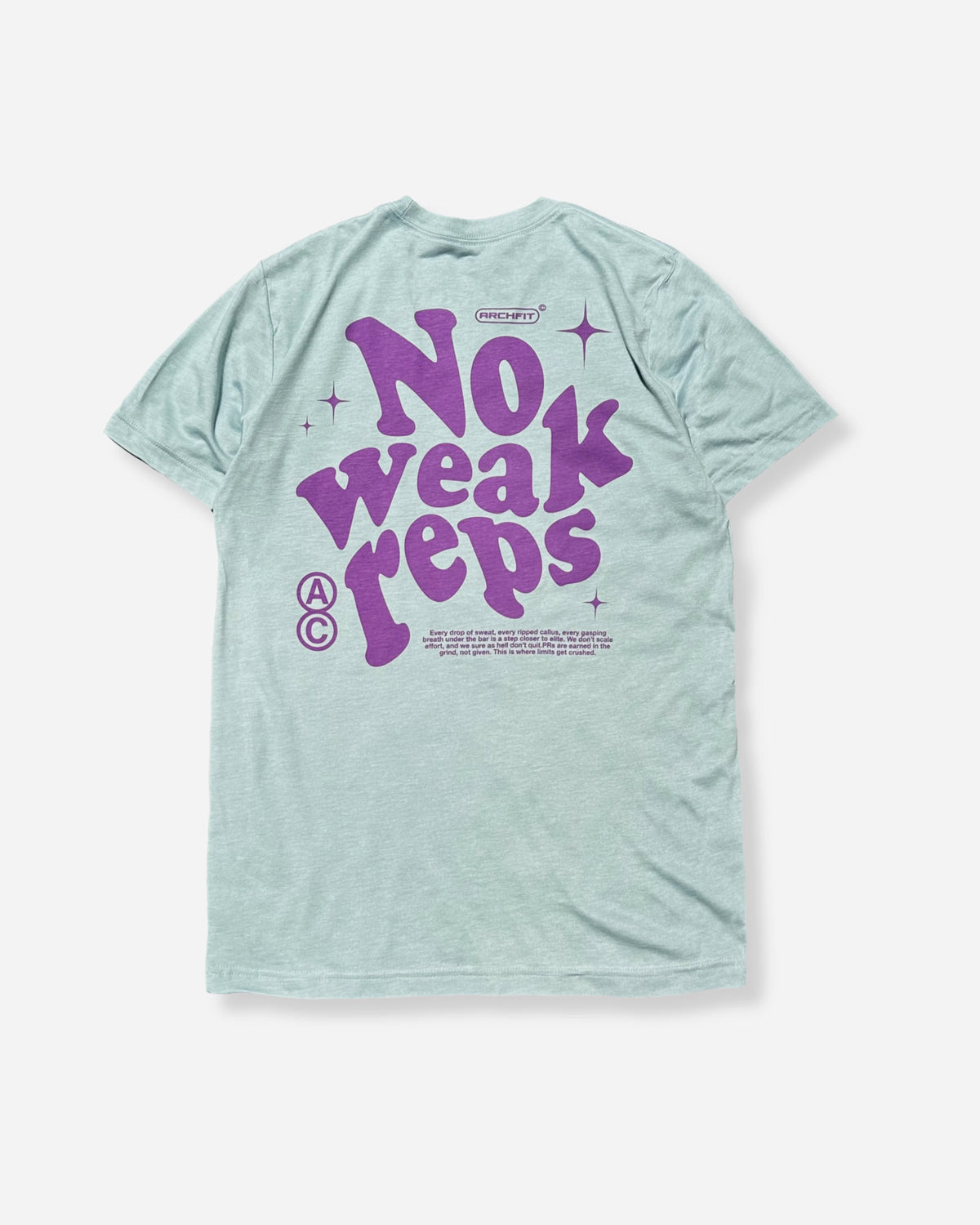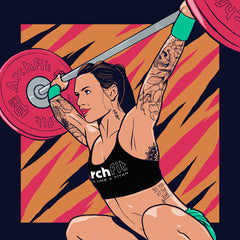Names like Lydia Valentín and Tia Clair-Toomey are becoming more and more familiar in sports news, and not only because of the rise in popularity of their respective sports, weightlifting and CrossFit. Their prestige undoubtedly marks a new milestone in the sports world and a new space in the claim of the role of women in it. Little by little we begin to see characters who escape the canons of feminine beauty and advocate for a figure that prioritizes performance over the aesthetic pleasure of a few (put plainly, the last thing these athletes worry about is male validation).
At the risk of making this statement seem obvious, it is worth highlighting the relevance of Valentín and Toomey's position, since the appearance of female role models in the sports industry is essential to reach those women who feel fear, or even a certain rejection, towards a practice that has undoubtedly been aimed at men (you only have to see the promotional videos of competitions such as the CrossFit Games , in which the rudeness of an absolutely hyper-masculinized environment prevails). In other words, having female role models within sport is essential in empowering the role of women, who are increasingly showing themselves to be stronger and more present in the competitive elite. Thus, a set of new canons is formed, by which the female role moves away from the physical beauty and delicacy associated with said figure, to insert itself into an environment until now dominated by men in order to continue claiming spaces. In this instance, someone could question the concept of the 'new canon'; after all, an idealized physical model still exists. While this is true – and something we must continue to work on at a level that transcends the sports field – we cannot ignore the great advances that have come with a body that does not focus on the extreme thinness to which we are accustomed. On the contrary, it is an ideal that encourages women to leave the diet culture (a pseudo-cult that would be worth analyzing in a separate article) and to maintain a training routine with heavy lifting, and not just the cardio that Victoria's Secret models have accustomed us to.
Now, it is undeniable that behind the female empowerment that CrossFit has promoted there is also a whole network of what I would consider systemic sexism. By this I am not only referring to the unfortunate actions that we have witnessed in recent months by the former CEO of the CrossFit brand (plus all the accusations against him that, after great suspicion, have begun to come to light), but to a much more subtle network. I am referring, then, to situations as invisible as team competitions, in which 2+1 groups (two men and one woman) or 2+2 (two men and two women) are usually standard. Although this might seem like a good inclusion strategy at first glance, since it is true that the number of women compared to men in the sport is still seriously lower, the WOD scheme makes the reality clear: there is no equity. Large amounts of calories stored in metabolic exercises or relatively heavy weightlifting movements often leave women in a passive position within the team (let's not forget that the goal of the competition is to finish as quickly as possible or complete the maximum number of repetitions in a given time, so strategy becomes necessary).
But is CrossFit a sexist sport by definition? The answer is simple: CrossFit is a sport that, like all sports, has been developed in a present dictated by patriarchal premises so subtle that they have become practically unnoticeable. What's more, the very distribution of categories according to gender also represents an obstacle for trans athletes (not to mention those who consider themselves enby – non-binary gender), a problem that extends to most sports practices.
Given the context, is there a solution or are female athletes condemned to remain passive in the competitive environment? In my opinion, a possible solution is within reach. Considering the advances that this sport has brought about for the female role, the inclusion of women within the CrossFit management team could be decisive. In this way, a better adaptation of the wods for the female category (a tragedy so far, in my opinion) could promote a much more inclusive competition in which the exercises play in favor of the athletes, instead of being an extra burden. With a much more diverse management team, other issues can also be covered, such as a promotion of the practice aimed exclusively at breaking stereotypes and projecting to the group of women affected by diet culture and other toxic canons, or a greater inclusion of the LGTBI+ community in sport.
Given the current situation, CrossFit and weightlifting are two booming sports, with a group of female athletes who have earned a place in public recognition that until recently was reserved only for men. Although there is still a long way to go in terms of sexual equality in the sports field, the lines to be drawn are clear and require the transfer of positions within the board of directors to women. In this way, and based on the experience of practicing CrossFit, we can advocate for a competitive environment that encourages the female role and for a sport that is accessible to all types of athletes. Only by listening to their voices can we maintain a truly diverse and inclusive community.






0 comments